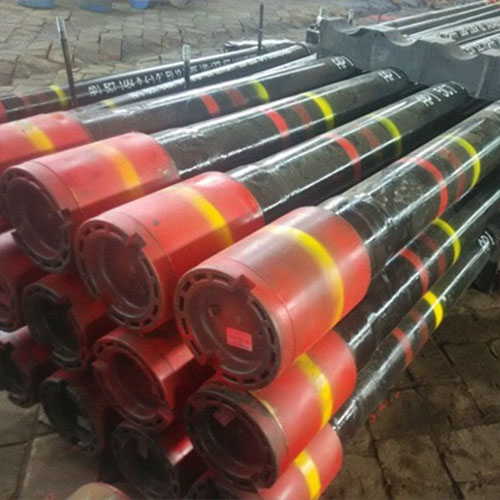Understanding P110 octg casing: API Spec 5CT
P110 OCTG casing, as defined by the american petroleum Institute (API) specification 5CT, represents a critical component in the exploration and production of Oil and gas resources. This article aims to provide a comprehensive understanding of P110 OCTG casing, focusing on its specifications, applications, and significance within the industry.
To begin, let us elucidate the significance of P110 OCTG casing within the oil and gas sector. Casing serves as a structural reinforcement for oil and gas wells, providing support to the borehole walls and preventing collapse during drilling and production operations. API Spec 5CT sets the standards for casing materials, dimensions, and technical requirements, ensuring reliability and safety in oilfield operations.
tianchang kanghong oil Pipe company
P110 designation in OCTG casing refers to its grade, indicating its yield strength of approximately 110,000 pounds per square inch (psi). This high-strength steel grade is well-suited for challenging drilling environments, including deep wells and those with high-pressure and high-temperature (HPHT) conditions. Its robust mechanical properties make it a preferred choice for operators seeking durable and reliable casing solutions.
Furthermore, P110 OCTG casing conforms to API Spec 5CT standards, ensuring consistency and compatibility with other oilfield equipment and processes. Range 3 designation specifies the length of the casing, typically 38 to 45 feet, suitable for most drilling applications. The 48 lb/ft weight classification denotes the casing’s mass per unit length, providing an indication of its load-bearing capacity and structural integrity.
Moreover, P110 OCTG casing is equipped with Short Threaded and Coupled (STC) ends, facilitating easy installation and connection to other casing sections and downhole equipment. The threaded connections ensure a tight seal, preventing fluid migration and maintaining well integrity throughout its operational lifespan.
In terms of applications, P110 OCTG casing finds extensive use in both onshore and offshore drilling operations worldwide. Its superior mechanical properties make it an ideal choice for wells subjected to harsh environmental conditions, including corrosive fluids, high pressures, and elevated temperatures. Additionally, P110 casing is commonly employed in horizontal and directional drilling, where increased strength and resistance to buckling are essential for wellbore stability.
Transitioning to the manufacturing process, P110 OCTG casing undergoes stringent quality control measures to meet API Spec 5CT requirements. Steel billets are sourced from reputable suppliers and subjected to rigorous testing to ensure compliance with mechanical and chemical composition specifications. advanced manufacturing techniques, such as seamless pipe production and heat treatment processes, further enhance the casing’s mechanical properties and structural integrity.
Furthermore, P110 OCTG casing is subjected to non-destructive testing (NDT) methods, including ultrasonic and electromagnetic inspection, to detect any defects or anomalies that may compromise its performance in the field. these quality assurance measures underscore the industry’s commitment to safety and reliability in oil and gas operations.
In conclusion, P110 OCTG casing represents a vital component in the exploration and production of oil and gas resources, offering exceptional strength, durability, and reliability in challenging drilling environments. Its adherence to API Spec 5CT standards, coupled with advanced manufacturing and quality control processes, ensures consistent performance and well integrity throughout its operational lifespan. As the industry continues to evolve, P110 OCTG casing remains at the forefront of innovation, supporting the global demand for energy resources in a safe and sustainable manner.

